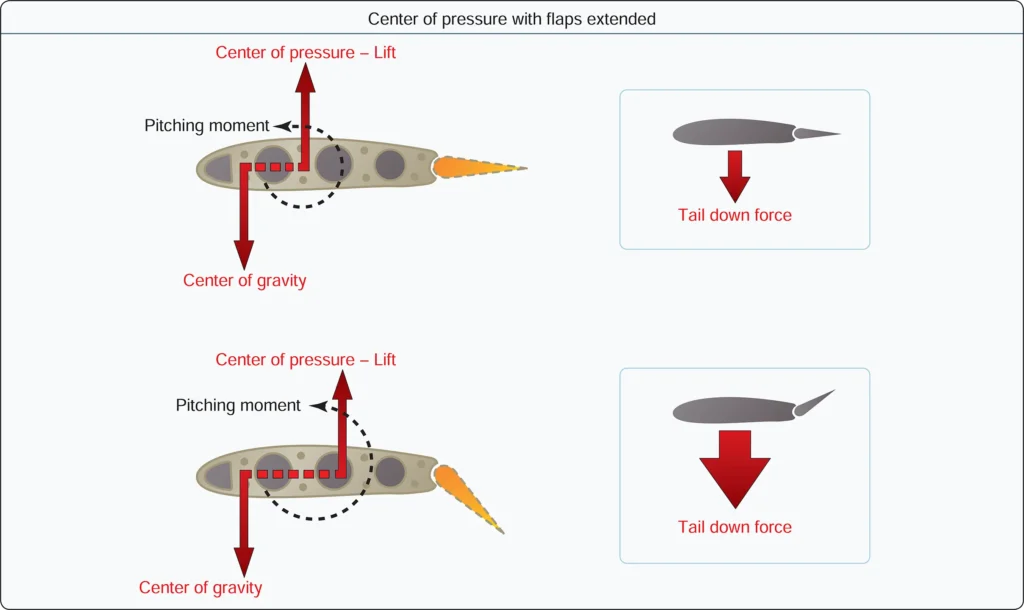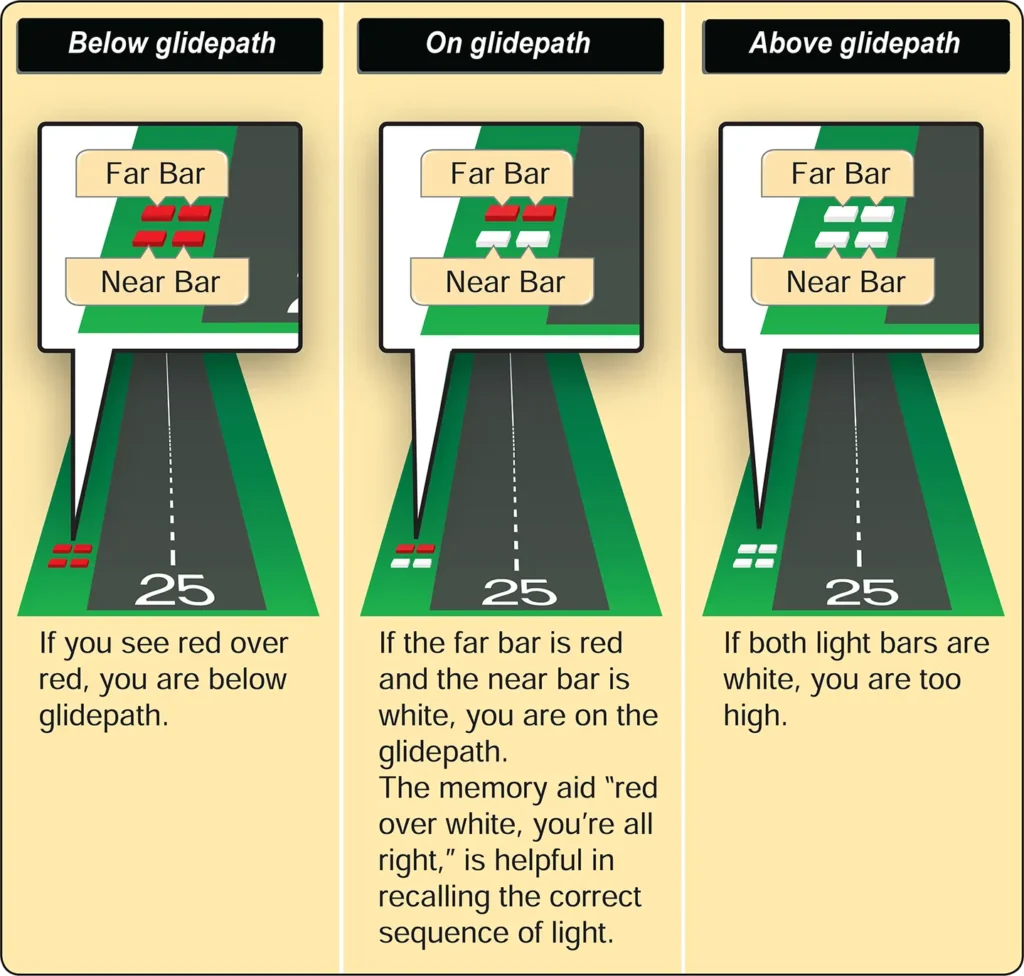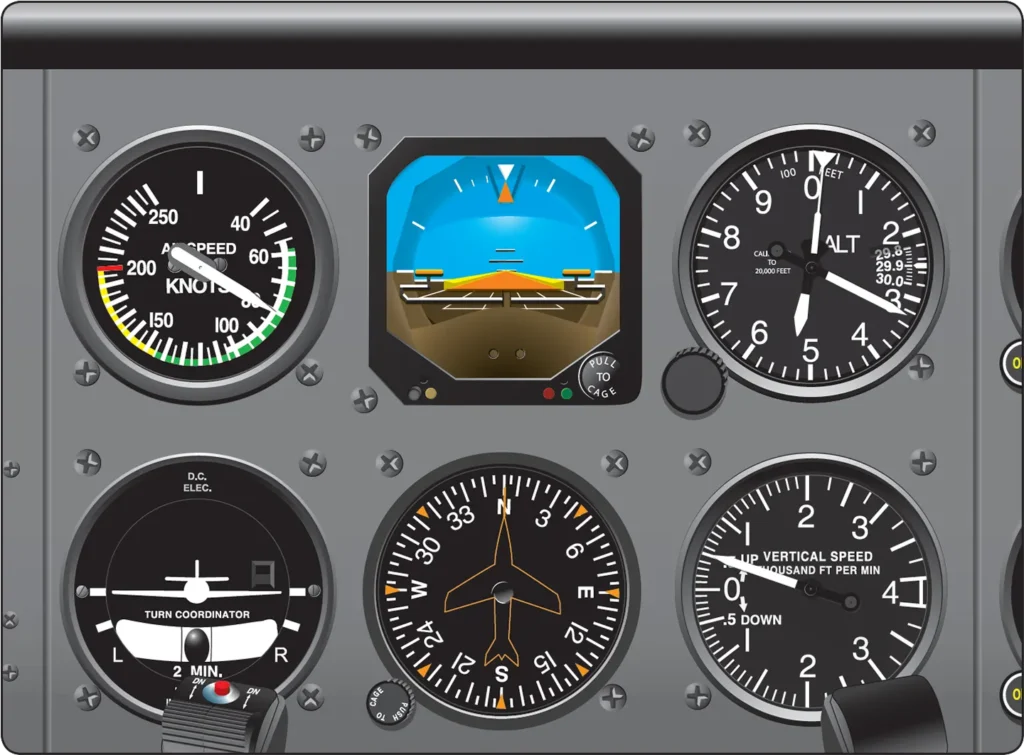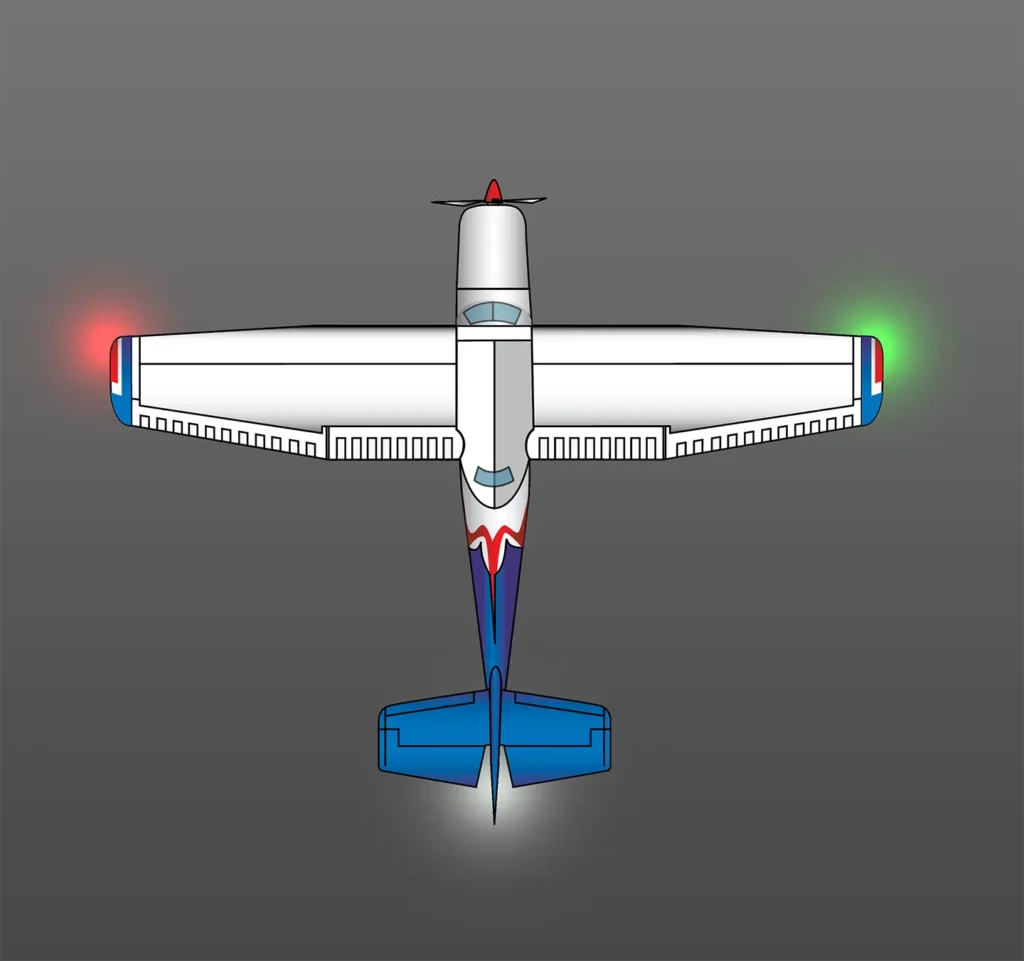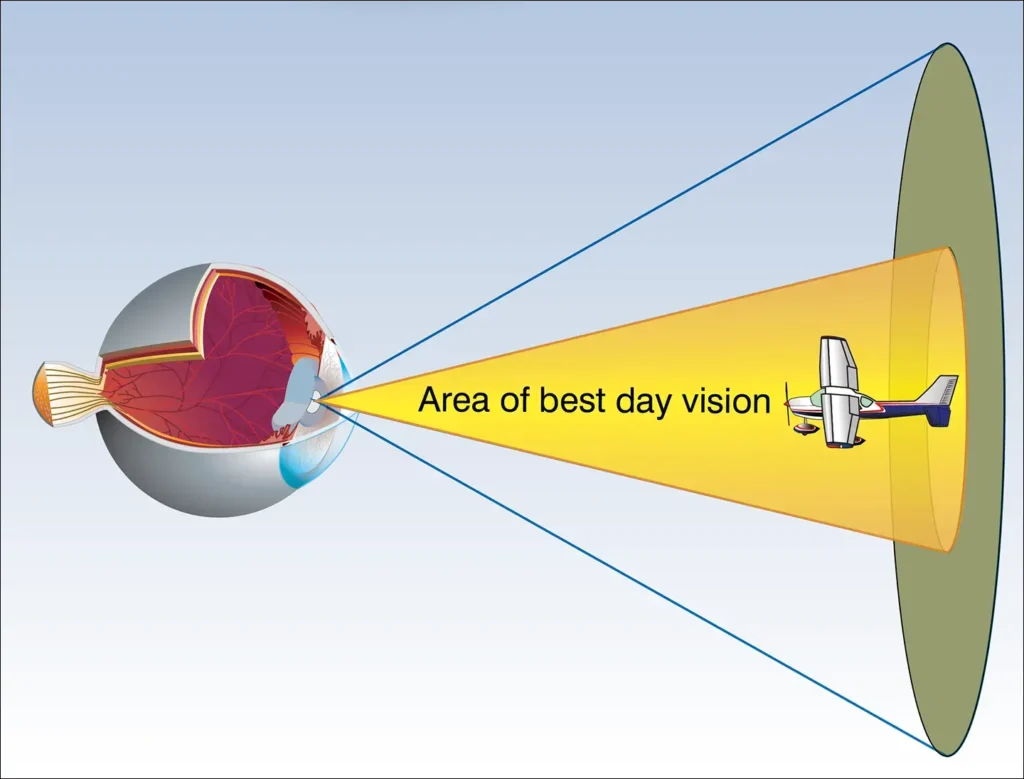Flaps Function, Effectiveness and Operational Procedures
Airplane Flying, Flying TrainingFunction of Flaps Flaps work primarily by changing the camber of the airfoil, which increases the wing’s lift coefficient. With some flap designs, the surface area of the wing is also increased. Flap deflection does not increase the critical (stall) angle of attack (AOA). In some cases, flap deflection actually decreases the critical AOA. Deflection […]
Flaps Function, Effectiveness and Operational Procedures Read Post »

